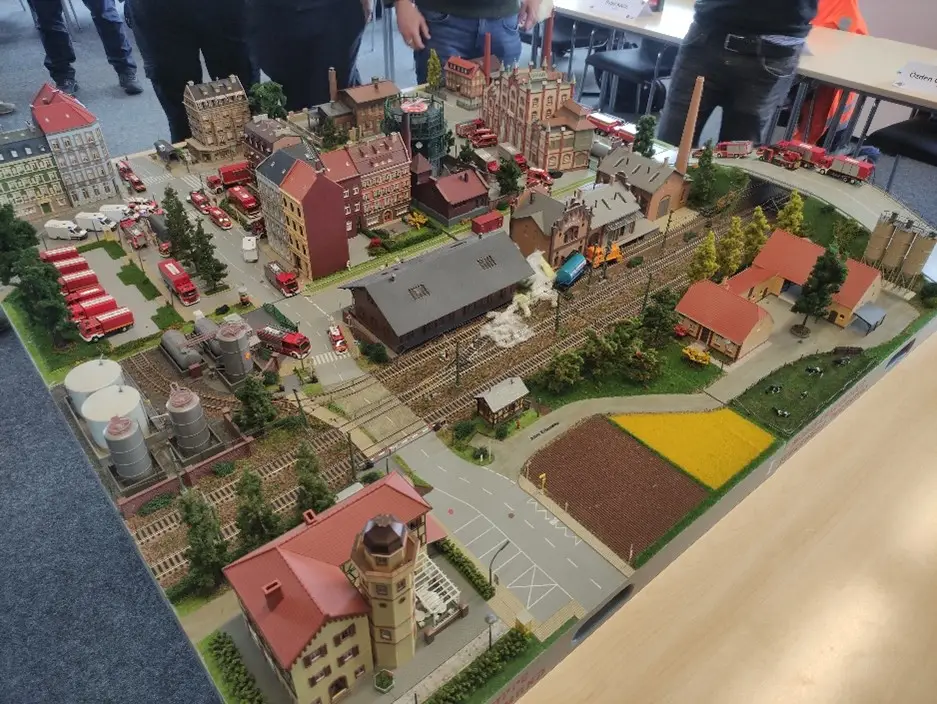In March 2024 (month 3 of the project lifecycle), the TeamUP consortium had the privilege of participating in two significant training exercises organized by the Fire Department of Dortmund (FDDO), Germany. These events, the Tabletop Exercise (TTX1) and the Small Scale Exercise (SSX1), were pivotal in analyzing Standard Operating Procedures (SOPs) and response plans, as well as demonstrating field procedures for handling Chemical, Biological, Radiological, Nuclear, and Explosive (CBRN-E) incidents in Dortmund.
TTX1: Analysing SOPs and Response Plans
The TTX1 was designed as a comprehensive analysis session where FDDO led the exercise. TeamUP partners, including non-experts in CBRN-E such as firefighters, police officers, Search and Rescue teams, and private security teams, as well as technology providers, attended as observers. This setup allowed for valuable feedback on cross-team collaboration opportunities, existing challenges and the feasibility of potential technological solutions.

The exercise provided an excellent platform for TeamUP partners to gain an in-depth understanding of current CBRN-E practices and procedures. Observers were able to identify areas for improvement and suggest innovative technologies that could enhance response effectiveness and efficiency.
SSX1: Practical Training in CBRN-E Incident Handling
The SSX1 was a hands-on training session focused on practical field procedures for first responders. The exercise specifically targeted decontamination procedures for vulnerable populations and their assistive devices in a chemical scenario. This practical approach enabled first responders to apply theoretical knowledge in a controlled, real-world scenario, honing their skills and ensuring preparedness for actual CBRN-E incidents.
Outcomes and Insights
Through participation in TTX1 and SSX1, TeamUP partners achieved several key outcomes:
- Improved Understanding: The consortium gained a better understanding of existing CBRN-E practices, which is crucial for developing effective response strategies.
- Familiarization with Response Processes: Non-expert participants had the opportunity to familiarize themselves with the basic processes involved in CBRN-E response, enhancing their readiness for future incidents.
- Identification of Collaboration Opportunities: The exercises highlighted the importance of cross-team collaboration and identified areas where different teams (beyond the key players in first response) could work more effectively together.
- Technological Innovations: Observers provided insights into potential technological solutions that could support first responders in CBRN-E incidents, paving the way for future advancements.
Overall, the TTX1 and SSX1 exercises were invaluable in enhancing the knowledge and capabilities of the TeamUP consortium. These experiences not only reinforced our understanding of CBRN-E response but also underscored the importance of continuous training and collaboration in this critical field. As we move forward, the insights gained from these exercises will be instrumental in shaping our approach to CBRN-E incident handling and improving overall response effectiveness.
